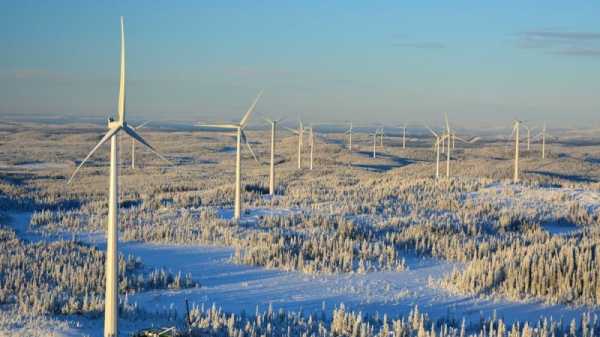
Large offshore wind farms planned to be built in the bay of Bothnia could pose a problem for shipping routes particularly during the harsh winter when icebreakers are needed to clear the way, according to the Swedish Maritime Administration.
Several large wind farms are planned to be built in the sea between Sweden and Finland, as the industry’s expansion in the north of the country requires more electricity. In winter, however, ice forms on the Bay of Bothnia and the Bothnian Sea, making it impossible to use the usual shipping lanes.
Space and alternative routes through the ice are then needed for the ships to manoeuvre but wind turbines risk getting in the way, Johan Wahlström from the Swedish Maritime Administration told Radio Ekot on Tuesday.
“We can see a certain concern that if wind farms are established, there may be a risk of building in the way of shipping to the incredibly important ports in the north. That would be devastating”, Wahlström said.
“In such cases, the nearest or easiest route through the ice must be found, and this is controlled by the Swedish Maritime Administration’s icebreakers. Ships must reach their destination and this must not be made impossible by building obstacles in the way,” he added.
The company OX2 is planning to build two large wind farms outside Umeå and Kalix with 150 and 160 wind turbines respectively, though, the issue will be decided by the Finnish government, as the farms are planned to be established in the Finnish economic zone.
“After we have investigated the risks, we believe we will find solutions to the risks identified by the Maritime Administration”, the company told Radio Ekot on Tuesday, downplaying the Maritime Administration’s warnings.
In Sweden, wind power accounts for about 17% of electricity production and is dominated by onshore rather than offshore farms.
Wind power is geographically spread throughout Sweden, with the majority now located in northern Sweden, the Swedish Energy Agency points out on its website.
(Charles Szumski | EURACTIV.com)
Source: euractiv.com



